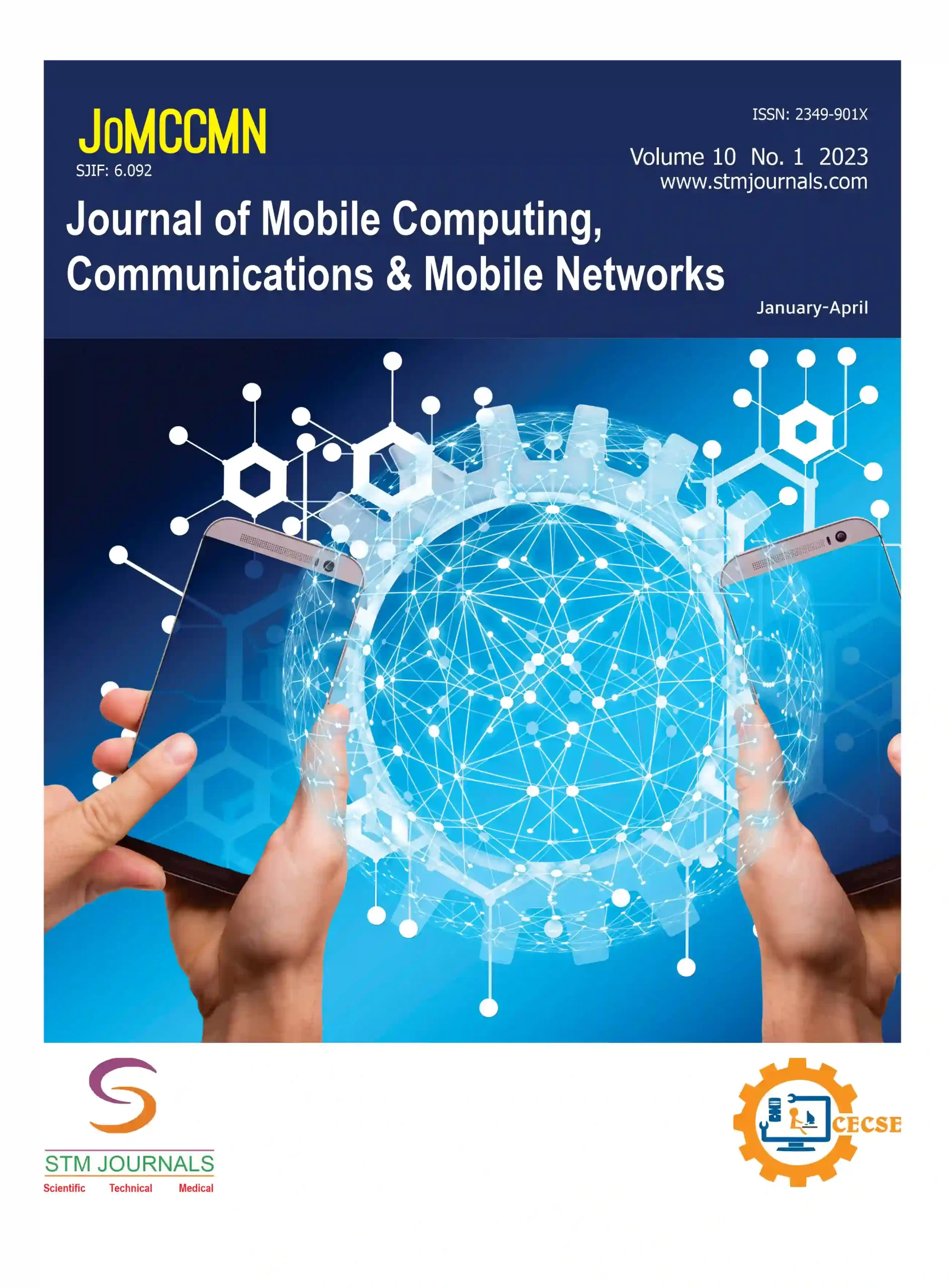
Dr. Rajesh Ramachandran
- Rehabilitation Officer NIEPMD, ECR, Muttukadu, Chennai, 603112 Tamil Nadu India
Abstract
Young people are thought to be the age group that is least interested in politics and political issues. It is a socially desirable objective to raise young people’s political participation, given that they will be the ones influencing politics in the future. More youthful ages were principally influenced by the coming of the Web and new media, and almost certainly, new media — like informal communities — will keep on having a major impact in their lives. Interpersonal organizations can subsequently be a helpful device in missions to urge youngsters to engage in governmental issues. The objective of this study is to learn how much youngsters utilize web-based entertainment for political talk and whether utilizing these stages to get political data influences their support in governmental issues both on the web and disconnected. The review incorporated a web-based survey to accumulate information from adolescents matured 20 to 40. Discoveries show that the goal to partake in legislative issues both on the web and disconnected is emphatically affected by using Facebook to access and discussion political material. As would be expected, the impact is more prominent with regards to political movement on the web. Nonetheless, Twitter firmly affects youngsters’ internet based political investment yet not their disconnected political cooperation.
Keywords: Social Media, Online Political Engagement Impact, Physical Engagement.
[This article belongs to Journal of Mobile Computing, Communications & Mobile Networks(jomccmn)]
References
- Abdulrauf, A. A., & Ishak, M. S. B. (2017). Cognitive Engagement and Online Political Participation on Social Media among Youths in Malaysia: The Moderating Role of Political Knowledge. In SHS Web of Conferences (Vol. 33). EDP Sciences.
- Ahmad DK, Sheikh DK. Social media and youth participatory politics: A study of university students. South Asian Studies. 2020 Sep 9;28(2).
- Ali, R., & Fatima, A. (2016). Social Media, Newspapers and Political Awareness of Youth in Pakistan. Pakistan Library & Information Science Journal, 47(1).
- Bebić, D. (2011). Uloga interneta u političkoj komunikaciji i poticanju političke uključenosti građana u Hrvatskoj: izborna kampanja na internetu 2007. Medijske studije, 2(3-4), 29-46.
- Bimber, B., & Copeland, L. (2013). Digital Media and Traditional Political Participation Over Time. U.S. Journal of Information Technology & Politics, 10(2), 125–137.
- Bode, L. (2012). Facebooking It to the Polls: A Study in Online Social Networking and Political Behavior. Journal of Information Technology & Politics, 9(4), 352–369.
- Boulianne, S. (2009). Does Internet use affect engagement? A meta-analysis of research. Political communication, 26(2), 193-211.
- Conroy, M., Feezell, J. T., & Guerrero, M. (2012). Facebook and political engagement: A study of online political group membership and offline political engagement. Computers in Human Behavior, 28(5), 1535–1546.
- Gainous, J., & Wagner, K. M. (2014). Tweeting to Power: The Social Media Revolution in American Politics. Oxford University Press.
- Gvozdanović, A. (2014). Politički utjecaj i vrijednosti kao odrednice političkog povjerenja mladih u Hrvatskoj. Revija za sociologiju, 44(1), 5-30.
- Hyun, K. D., & Kim, J. (2015). Differential and interactive influences on political participation by different types of news activities and political conversation through social media. Computers in Human Behavior, 45, 328-334.
- Kaplan, A. M., & Haenlein, M. (2010). Users of the world, unite! The challenges and opportunities of social media. Business Horizons, 53(1), 59–68.
- Kruikemeier, S. (2014). How political candidates use Twitter and the impact on votes. Computers in Human Behavior, 34, 131-139.
- Lassen, D. S., & Brown, A. R. (2011). Twitter: The electoral connection? Social Science Computer Review, 29(4), 419-436.
- Robertson, S. P., Douglas, S., Maruyama, M. and Chen, L. W. (2012.) Political dialog evolution in a social network. Proceedings of the 13th Annual International Conference on Digital Government Research, pp. 40-48.

Journal of Mobile Computing, Communications & Mobile Networks
| Volume | 11 |
| Issue | 02 |
| Received | May 16, 2024 |
| Accepted | May 29, 2024 |
| Published | July 5, 2024 |
function myFunction2() {
var x = document.getElementById(“browsefigure”);
if (x.style.display === “block”) {
x.style.display = “none”;
}
else { x.style.display = “Block”; }
}
document.querySelector(“.prevBtn”).addEventListener(“click”, () => {
changeSlides(-1);
});
document.querySelector(“.nextBtn”).addEventListener(“click”, () => {
changeSlides(1);
});
var slideIndex = 1;
showSlides(slideIndex);
function changeSlides(n) {
showSlides((slideIndex += n));
}
function currentSlide(n) {
showSlides((slideIndex = n));
}
function showSlides(n) {
var i;
var slides = document.getElementsByClassName(“Slide”);
var dots = document.getElementsByClassName(“Navdot”);
if (n > slides.length) { slideIndex = 1; }
if (n (item.style.display = “none”));
Array.from(dots).forEach(
item => (item.className = item.className.replace(” selected”, “”))
);
slides[slideIndex – 1].style.display = “block”;
dots[slideIndex – 1].className += ” selected”;
}

